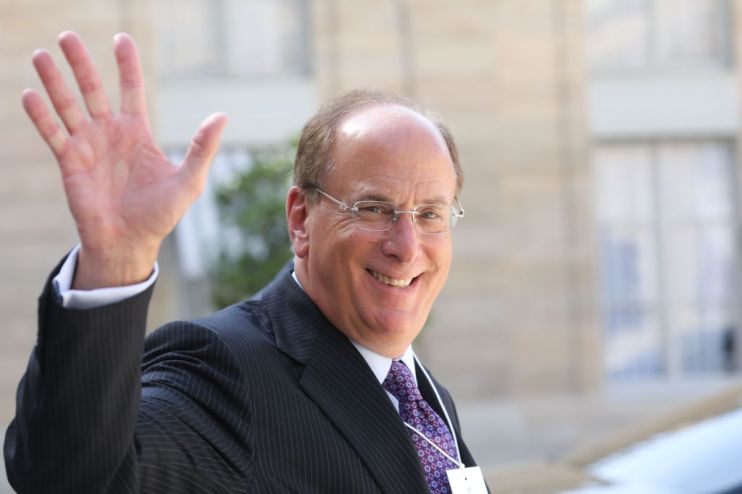What Blackrock’s climate change strategy overhaul actually means

Blackrock, the world’s largest asset manager, today announced that it will make environmental sustainability the core goal of its investment strategy.
The investment titan, which manages $7 trillion (£5.4 trillion), has pledged to overhaul its investment practices and introduce new investment products as part of what founder and chief executive Larry Fink called “a fundamental reshaping of finance”.
But what changes has Blackrock pledged to make, and what impact are they likely to have? City A.M. breaks down the key pledges below.
Exiting (some) thermal coal producers
Blackrock has pledged to cut companies that derive 25 per cent or more of their revenues from thermal coal from its actively-managed portfolios due to the environmental damage they create.
“Thermal coal is significantly carbon intensive, becoming less and less economically viable, and highly exposed to regulation because of its environmental impacts,” said Fink.
“With the acceleration of the global energy transition, we do not believe that the long-term economic or investment rationale justifies continued investment in this sector.”
The asset manager will move to exit positions in these coal producers by the middle of this year. Fink added that Blackrock would “closely scrutinise” firms that are heavily reliant on thermal coal, which would include power companies.
However questions have been raised about the impact of Blackrock’s pledge to ditch thermal coal. For many of the biggest mining firms, coal production is just a small part of their overall business — meaning they are unlikely to be affected.
Sustainability to become Blackrock’s ‘standard offering’
The asset manager will make sustainability its “standard offering” across the investment solutions it offers to clients, making “sustainable funds the standard building blocks in these solutions wherever possible”.
This will include offering environmentally responsible versions of popular funds in its flagship model portfolios, Ishares investment platform, and retirement products.
Increasing transparency surrounding its investments
Blackrock said it wants investors “to be able to clearly see the sustainability risks of their investments”.
To help this, the asset manager will begin showing investors data on the controversial holdings and carbon footprints of its mutual funds by the end of the year.
It will also integrate new tools for assessing environmental, social and governance (ESG) criteria into its risk management platform, Aladdin. These will include tools to assess climate risk and to calculate companies sustainability-related characteristics.
More environmentally-conscious funds
The investment giant will double its offering of ESG exchange traded funds (ETFs) — baskets of securities such as stocks that are traded on exchanges, which often track an underlying index.
ETFs tend to have much lower costs for investors, as they allow them to hold a basket of equities without buying them all separately. ETFs that track an index are also cheaper to operate than actively-managed funds.
Blackrock said this morning it intends to double its offering of ESG ETFs to 150 over the next few years.
Changes to active investments
All of Blackrock’s active portfolios and advisory strategies will be fully ESG integrated by the end of this year, it said.
According to the asset manager, this means that “at the portfolio level, our portfolio managers will be accountable for appropriately managing exposure to ESG risks and documenting how those considerations have affected investment decisions.”
Blackrock says it will consider “ESG risk with the same rigor that it analyzes traditional measures such as credit and liquidity risk”.
The company will also move to reduce ESG risk within its active strategies, which are responsible for $1.8 trillion of assets. This includes exiting positions in thermal coal producers.